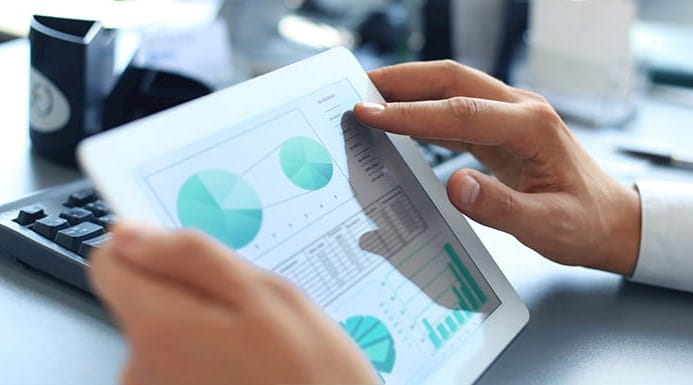What is e-invoicing?
Electronic invoicing, or “e-invoicing” , is the exchange of invoice documents between a supplier and a customer in a structured digital format. Unlike traditional paper invoices or PDF documents sent by email, e-invoices are generated, transmitted and received in a standardised electronic format that allows for automated processing.
How does e-invoicing work?
The e-invoicing process typically begins with the supplier creating an invoice using specialised software. The e-invoice is then transmitted electronically to the customer's system, which automatically receives and processes it. The invoice data is integrated into the customer's accounting system without intervention, eliminating the need for manual data entry and paper handling.
Benefits of e-invoicing
The main benefit of e-invoicing is that it significantly increases efficiency and reduces processing times. The automated nature of e-invoicing reduces errors in invoice processing, potentially leading to faster payments and improved cash flow.
Challenges of e-invoicing
Businesses may face some challenges in its implementation. The initial costs of setting up e-invoicing systems can be significant, and employees may require training on new processes. Ensuring compliance with relevant standards and regulations is crucial, as is the successful integration of e-invoicing with existing accounting systems.
Current UK position
Currently, the use of e-invoicing in the UK is voluntary for most businesses, although some larger corporations and those engaged in international trade have already adopted e-invoicing systems.
It's important to note that e-invoicing is mandatory for transactions with public bodies in the UK. The government’s rules stipulate that e-invoicing systems must be used for any payments to and from public entities (such as the NHS, government departments or local councils).
International approach
E-invoicing is gaining global traction, with more than 80 countries already having e-invoicing mandates. Latin American countries such as Brazil and Mexico have been at the forefront of this trend, often using e-invoicing as a tool to modernise their tax systems.
The EU's VAT in the Digital Age (ViDA) package of measures includes an EU-wide mandate for real-time digital reporting for cross-border trade based on the standardisation of e-invoicing. The e-invoicing and digital reporting rules are currently due to be effective from 1 July 2030.
Next steps
In February 2025, the government launched a consultation to gather views on standardising e-invoicing and “how to increase adoption of e-invoicing across UK businesses and the public sector”. Topics explored in the consultation included:
- whether e-invoicing should be mandatory or remain voluntary; and
- the opportunity for real-time, or close to real-time reporting of data to HMRC.
In its response to the consultation, ICAEW expressed strong support for the adoption of e-invoicing and recommend that the government prioritises voluntary adoption of e-invoicing, with mandation delayed until at least 1 January 2030.
The government is analysing the feedback it received to the consultation.



